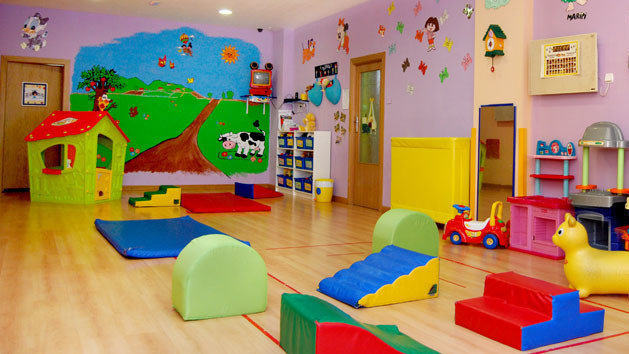Eric Lachassinne et al.

Background
The extent to which very young children contribute to the transmission of SARS-CoV-2 is unclear. We aimed to estimate the seroprevalence of antibodies against SARS-CoV-2 in daycare centres that remained open for key workers’ children during a nationwide lockdown in France.
Methods
Children and staff who attended one of 22 daycare centres during a nationwide lockdown in France (between March 15 and May 9, 2020) were included in this cross-sectional, multicentre, seroprevalence study. Hospital staff not occupationally exposed to patients with COVID-19, or to children, were enrolled in a comparator group. The primary outcome was SARS-CoV-2 seroprevalence in children, daycare centre staff, and the comparator group. The presence of antibodies against SARS-CoV-2 in capillary whole blood was measured with a rapid chromatographic immunoassay. We computed raw prevalence as the percentage of individuals with a positive IgG or IgM test, and used Bayesian smoothing to account for imperfect sensitivity and specificity of the assay. This study is registered with ClinicalTrials.gov, NCT04413968.
Findings
Between June 4 and July 3, 2020, we enrolled 327 children (mean age 1·9 [SD 0·9] years; range 5 months to 4·4 years), 197 daycare centre staff (mean age 40 [12] years), and 164 adults in the comparator group (42 [12] years). Positive serological tests were observed for 14 children (raw seroprevalence 4·3%; 95% CI 2·6–7·1) and 14 daycare centre staff (7·7%; 4·2–11·6). After accounting for imperfect sensitivity and specificity of the assay, we estimated that 3·7% (95% credible interval [95% CrI] 1·3–6·8) of the children and 6·8% (3·2–11·5) of daycare centre staff had SARS-CoV-2 infection. The comparator group fared similarly to the daycare centre staff; nine participants had a positive serological test (raw seroprevalence 5·5%; 95% CI 2·9–10·1), leading to a seroprevalence of 5·0% (95% CrI 1·6–9·8) after accounting for assay characteristics. An exploratory analysis suggested that seropositive children were more likely than seronegative children to have been exposed to an adult household member with laboratory-confirmed COVID-19 (six [43%] of 14 vs 19 [6%] of 307; relative risk 7·1 [95% CI 2·2–22·4]).
Interpretation
According to serological test results, the proportion of young children in our sample with SARS-CoV-2 infection was low. Intrafamily transmission seemed more plausible than transmission within daycare centres. Further epidemiological studies are needed to confirm this exploratory hypothesis.
Funding
Assistance Publique—Hôpitaux de Paris; Mairie de Paris, Conseil Départemental de Seine Saint Denis.
Translations
For the French translation of the abstract see Supplementary Materials section.
Fuente: The Lancet Child & Adolescent Health
8 de Febrero, 2021
Impactos: 125
